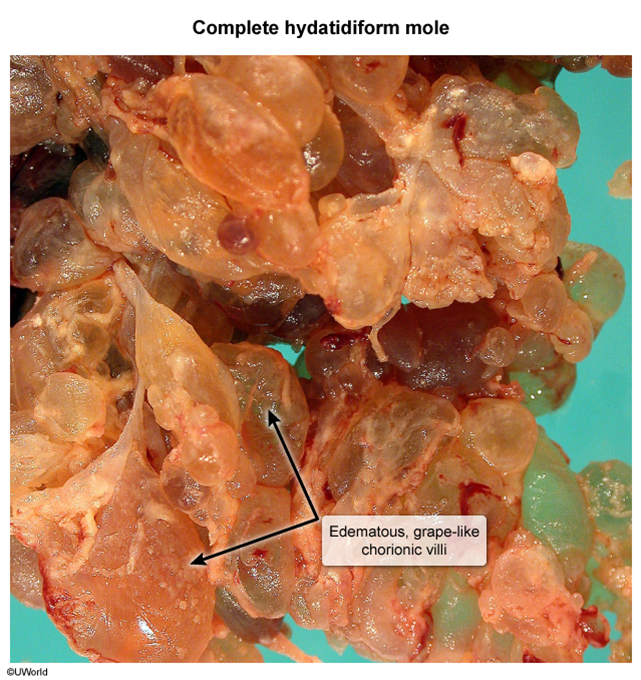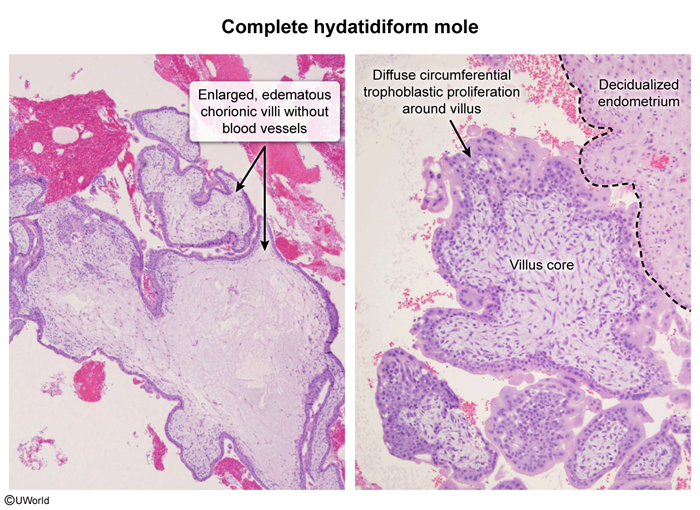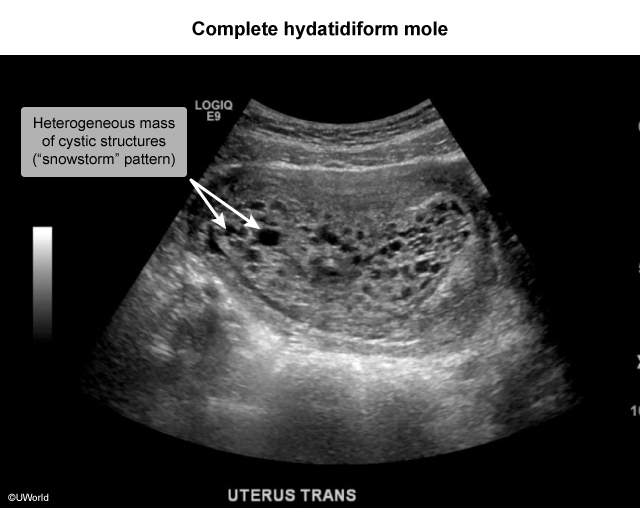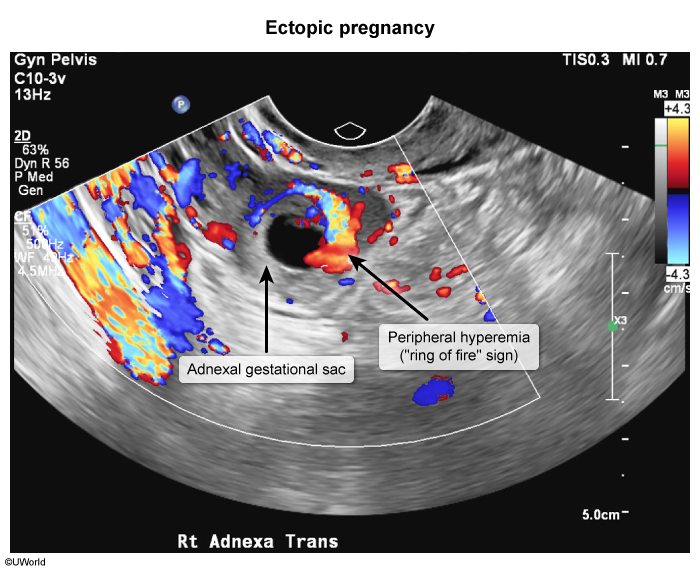Hydatidiform Mole
Article Sections
Introduction
Hydatidiform moles (HM), also known as molar pregnancies, are a type of gestational trophoblastic disease (GTD) characterized by abnormal villous trophoblastic tissue growth. Molar pregnancies are classified as complete and partial moles, which differ in presentation and potential risks and complications.
Pathophysiology
Early pregnancy formation requires maternal and paternal genetic contribution and a balance of maternal and paternal imprinting for normal fetal and placental development.
Hydatidiform moles develop from abnormal fertilization events that result in an excess of paternally derived genetic material, which leads to abnormal placental trophoblastic proliferation and impaired fetal development. Molar pregnancies are the most common type of GTD and are considered a premalignant condition composed of genetically distinct (ie, fetal, not maternal) tissue.
Hydatidiform moles are classified as complete and partial (ie, incomplete) moles; each type originates differently, leading to unique findings, risks, and complications (
Continue Learning with UWorld
Get the full Hydatidiform Mole article plus rich visuals, real-world cases, and in-depth insights from medical experts, all available through the UWorld Medical Library.
Figures
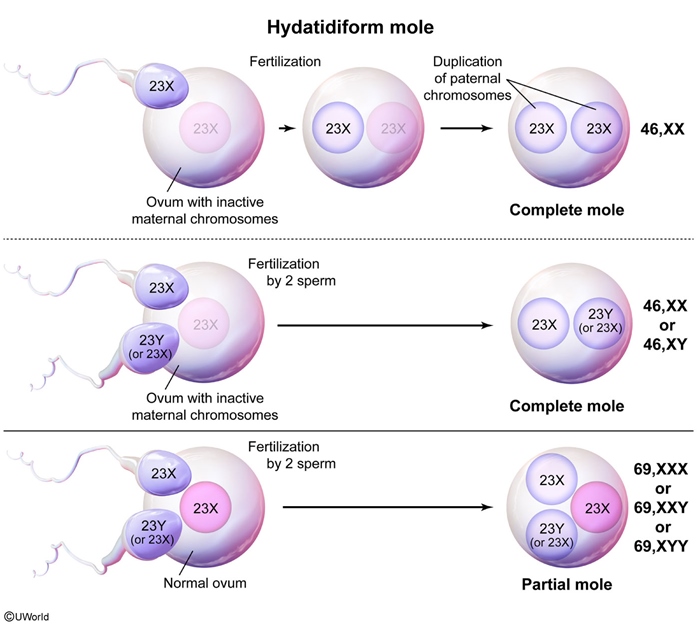
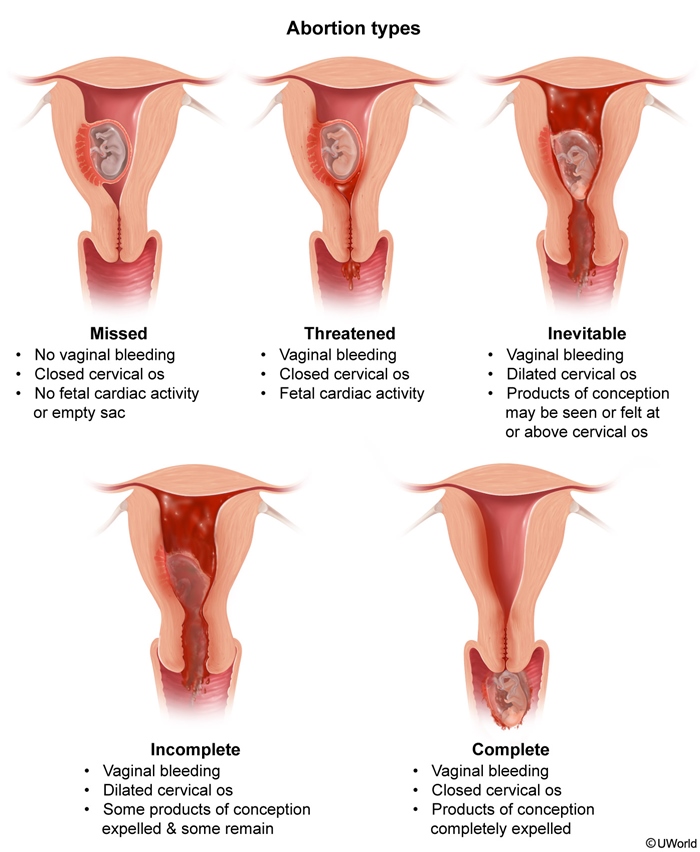
Images
